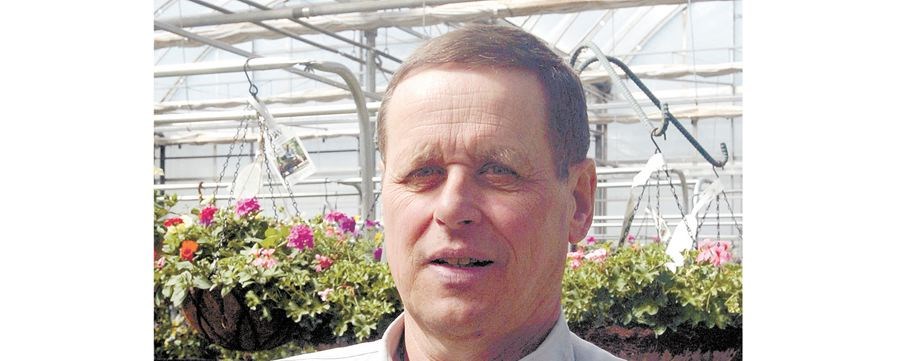It feels like winter has arrived as we experience our first cold blast of the season.
Healthy trees, shrubs, perennials and bulbs that are zoned three, two or one that have been properly looked after should be able to withstand the cold temperatures with no problems as they are hardy for our area. This is why it is important to purchase hardy plant material for our area if plants are expected to come back next season.
Canada is divided into nine different gardening zones, determined mainly by minimum cold temperatures. The Prince George area is considered a zone three, where temperatures are -34 C to -40 C. Some gardeners like to try plant material that is zoned four or even five and these plants will need extra winter protection by either being wrapped, given extra mulch or planted in a sheltered area. Even then, sometimes they do not survive.
It is important not to touch or handle trees and shrubs when the temperatures are this cold as that can harm them. If you had planned to wrap cedars, Alberta Spruce or other plants and did not get around to it, wait until the temperatures warm up again before doing it. This is also true for putting lights in trees. You can, however, still add a layer of mulch such as peat moss to perennials or bulbs for extra protection.
Over the winter months you should try to stay off the lawn as much as possible. Walking the same path on the lawn will allow the frost to penetrate into the soil which can harm the roots of the grass.
This is also true for areas where bulbs and perennials are planted. It is best to stay on garden paths or the driveway. Some homeowners like to make an ice rink in their backyard. The best place to make an ice rink would be the vegetable garden in the area where there is no rhubarb, strawberries or other overwintering plants that can be harmed.
Use caution when melting ice off of sidewalks and driveways. Salt works well but it can also damage trees, shrubs and grass in the spring. Many of the ice melters contain soluble salts, so read the labels as too much ice melter can harm plant material. Another option would be to use the fertilizer 46-0-0 which contains 46 per cent nitrogen and works very well in melting ice. Of course too much 46-0-0 will also cause burn, so in the spring if there is an excessive amount of fertilizer leach the soil out with water.
When temperatures get below freezing, be careful when transporting houseplants to their destinations. All tropical and flowering plants should be wrapped before they go outside and not be left in the vehicle for any length of time. Vehicles should be warmed up before placing plants in them and it should be the last thing you do before you head home.
Also, be careful when transporting Christmas trees home. Either try to put them inside the vehicle or wrap them with a blanket to keep the wind off them.
Don't forget to feed the birds. Keep bird feeders filled as birds have come to rely on the bird seed that has been supplied and need it to keep their energy up, especially during cold spells.



